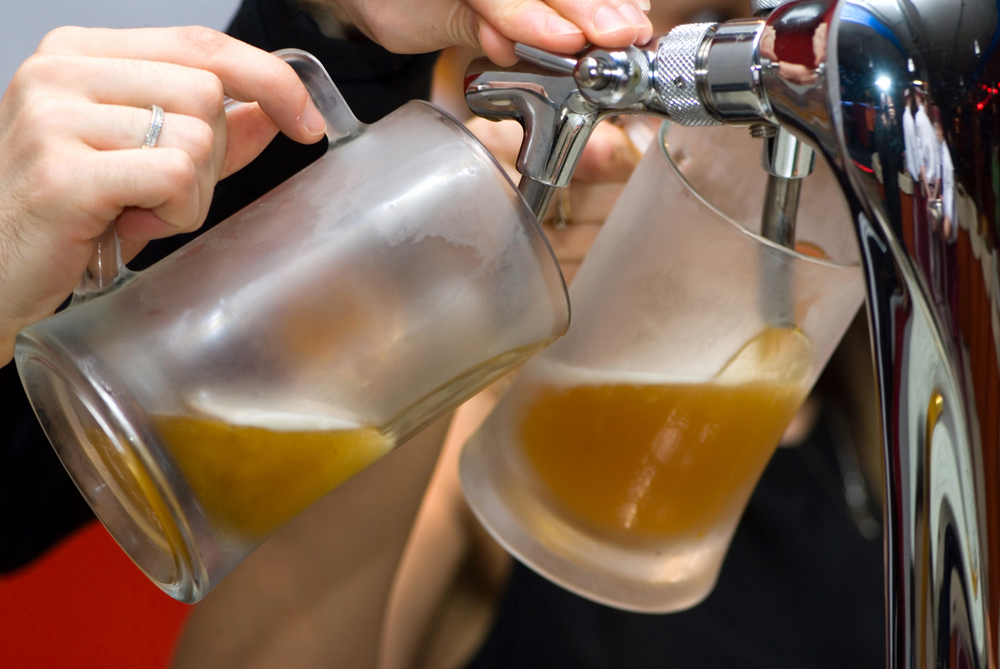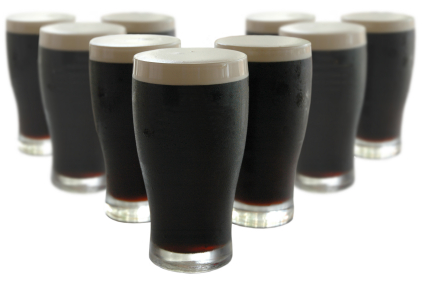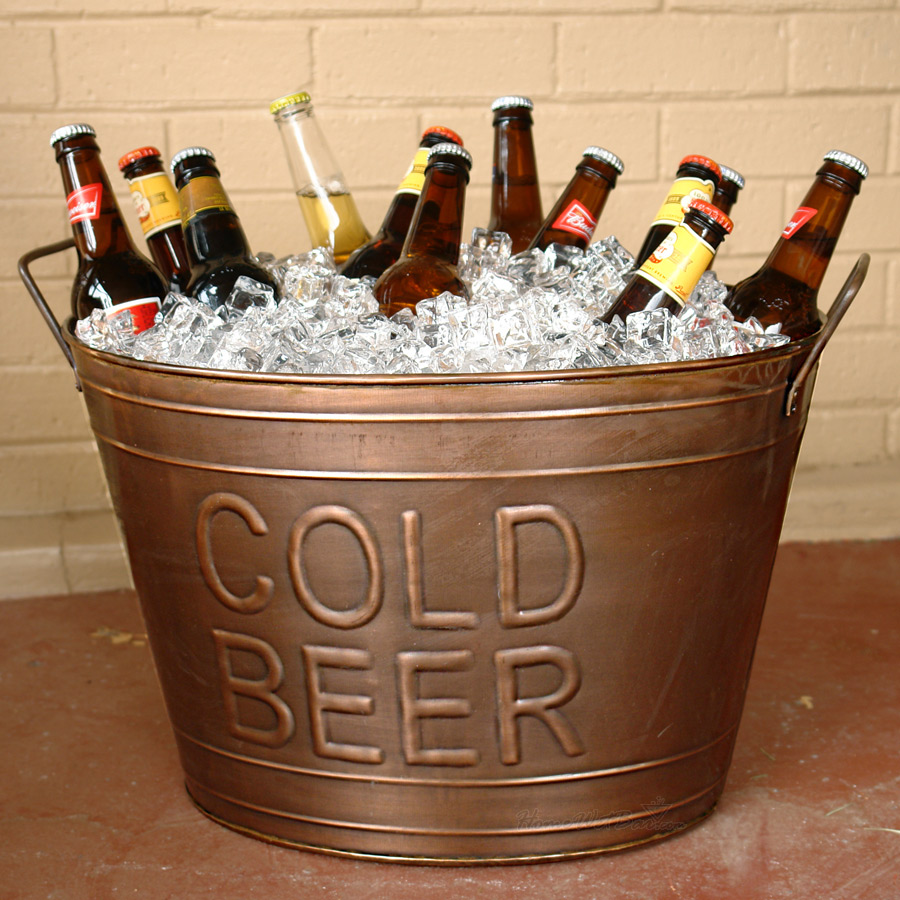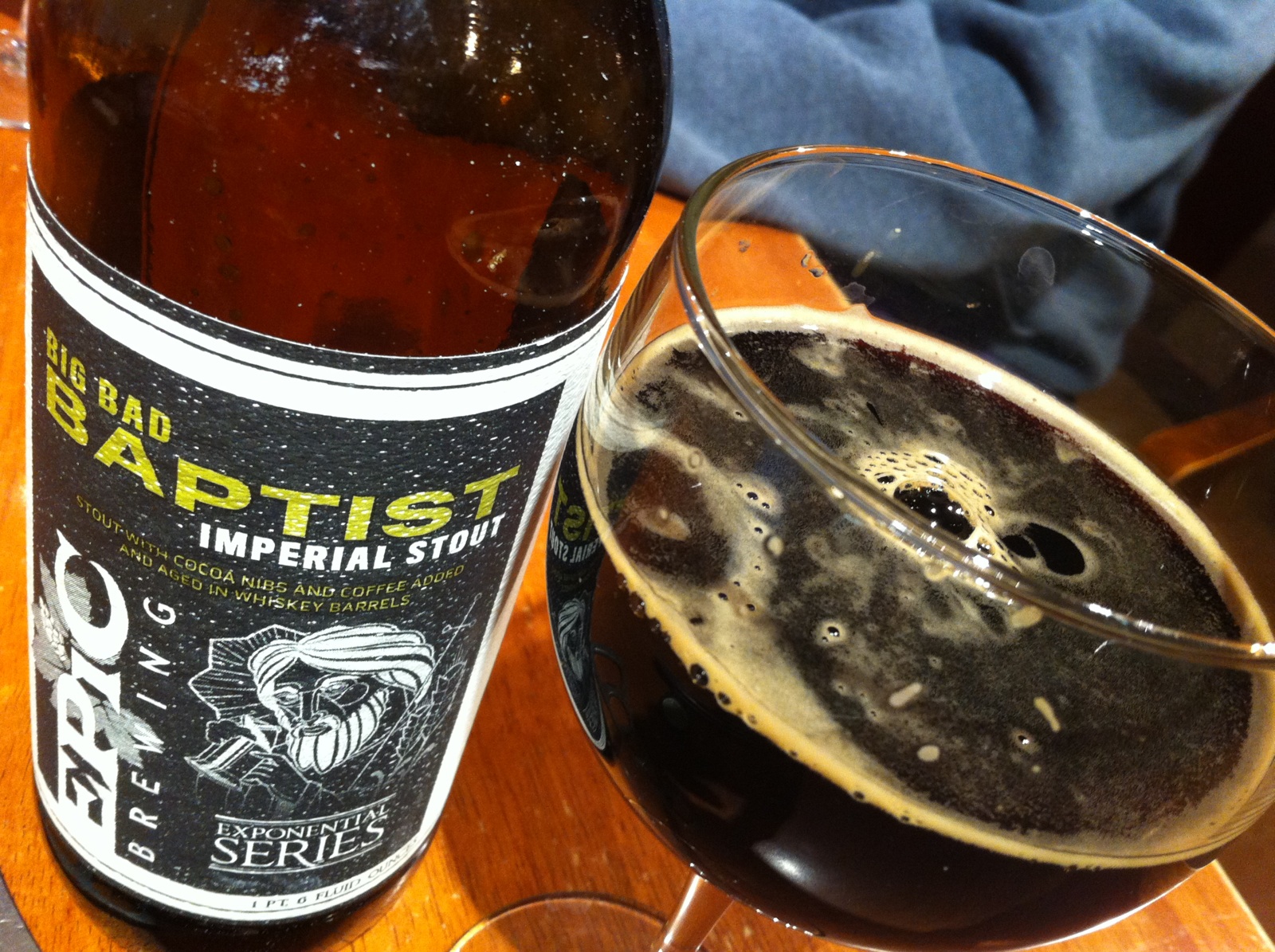The Beer That Conquered the World
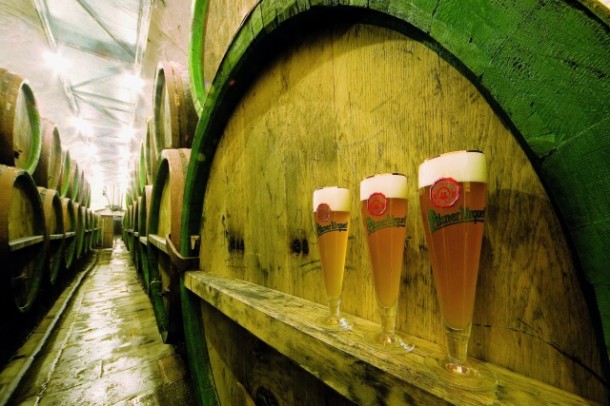
What image comes to your mind when I say beer? Is it the dark, inky, black body and creamy white head of Guinness? Is it the cloudy, opaque appearance and creamsicle hue of a hefeweizen? Most likely it’s a beer with a light straw color and bright clarity similar to a Pilsner, as roughly 9 out of every 10 beers brewed and consumed in the world is an imitation of this Czech standard.
How did this beer come into being and make its way around the globe to be imitated by brewers worldwide? Let’s go to the town of Plzen and look at the brewing history and traditions behind the beer that conquered the world.
The town of Plzen has a long and storied brewing tradition. Early historical records show that the native Slavs, whom modern day Czechs descend from, served beer to envoys of the Byzantine Empire as early as 448 A.D. The modern town of Plzen traces its roots back to 1295 when King Wenceslas II of Bohemia founded the town of New Plzen on the banks of the Radbuza River; about 9 kilometers northeast of the ancient city, near the confluence of four rivers along major trading routes.
King Wenceslas also granted the town’s citizens the right to brew and sell beer from their houses. Cooperatives began forming to streamline the process not long after, and with it professional brewer’s guilds. The world’s first book on brewing was published by a Bohemian when Tadeas Hajeck published the Latin text On Beer and the Methods of Its Preparation, Its Substance, Strengths, and Effects in 1588.
During the Renaissance, Bohemia was at the forefront of brewing advances with scientists such as Frantisek Ondrej Poupe, and Karl Balling. In the year 1838, the brewmasters of Plzen upset at having a batch of 36 barrels of beer spoil, rolled the barrels down to city hall and dumped them into the street in protest, demanding the city allow them to build a brewery and pursue practices to promote better beer.
Knowledge of microbiology was in its infancy at the time, though. Brewers knew about yeast, and understood that it was critical in the process of fermenting beer, but did not understand the process, nor were they able to successfully isolate and propagate yeast cultures. Most beer styles then were what would be classified today as ales. German Bavaria was known to have a bottom fermenting yeast that brewed at colder temperatures with beer stored in aging caves (lagering). A Bavarian brewer named Josef Groll was hired to run the new Mestansky Pivovar (Citizens’ Brewery) and train the Bohemians in the practice of producing lagered beer.
Rumor has it that in the year 1840 a monk was able to smuggle a much prized and well guarded sample of bottom fermenting yeast out of Bavaria to Plzen. The invention of Pilsner beer came about for the first time on October 5th, 1842. Beer before then was mostly darker colored, heavy, and cloudy. On that fateful day, the brewers had gathered to try a new batch of beer that had been produced using partially roasted malts versus the more heavily roasted and darker malts that were tradition from Bavarian lager beers. The lagering process and lighter malts, combined with Plzen’s extremely soft water, and choice Saaz hops that had been secured from local sources, resulted in a beer that came from the cask with a light straw color, a bright clarity that shone through in the Bohemian crystal glasses the locals used, and a mild light body that was refreshing served cool from the lagering caves.
That brewery was later named Pilsner Urquell (the original source of Pilsner), and is home to the world’s renowned beer style. Plzen’s position on the trade routes and waterways allowed the beer to be transported all over Europe, and by 1859, “Pilsener Beer” was a registered trademark.
The beer made its way to America by 1871. The style was so popular that to this day there are international legal battles over the use of Plzen trademarks, mostly with Anheuser-Busch who has named its beers after popular Czech cities: Czeske Budejovice, or Budweiss (Budweiser); and Michelovic (Michelob). While the style may be mimicked the world over, what comes to mind when people think beer originated with the brewers of Plzen.
So thank Wenceslas and the Bohemians next time you enjoy a cold beer on a hot summer’s day.
